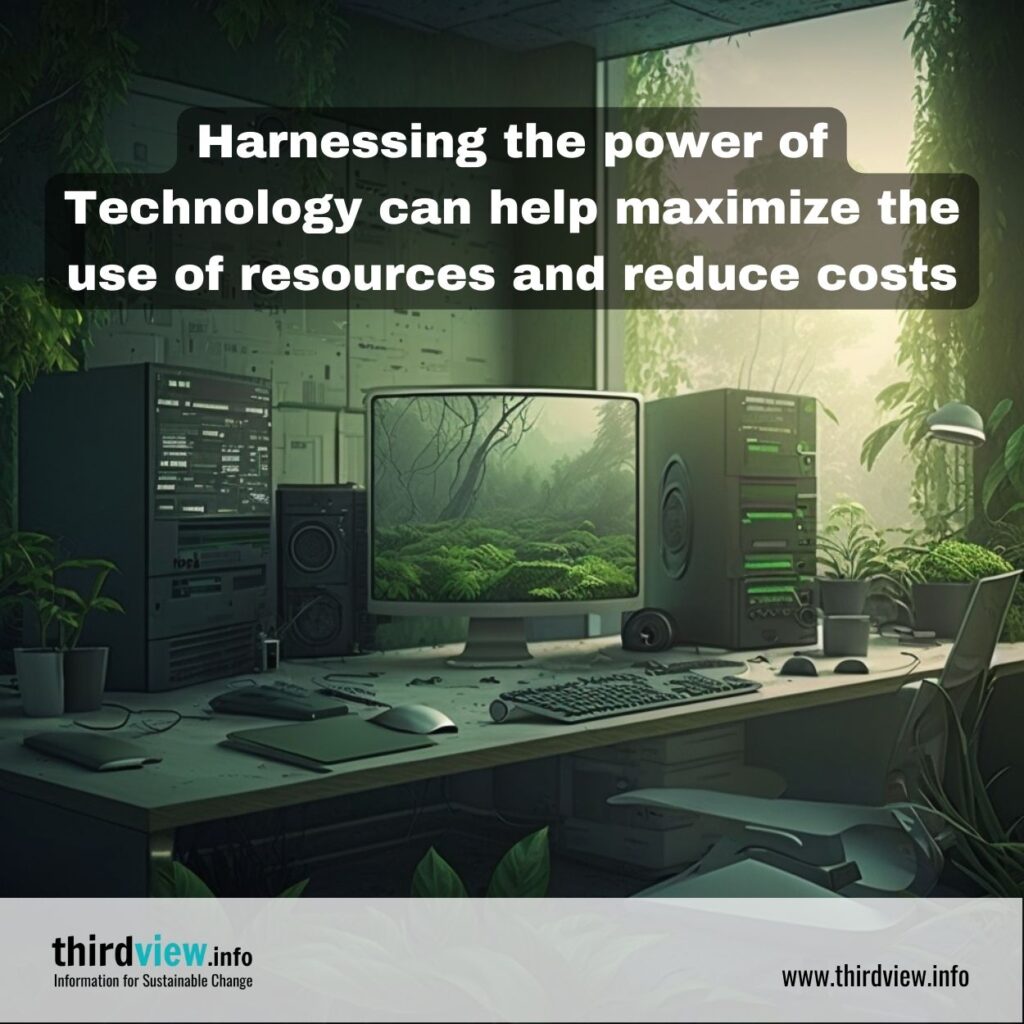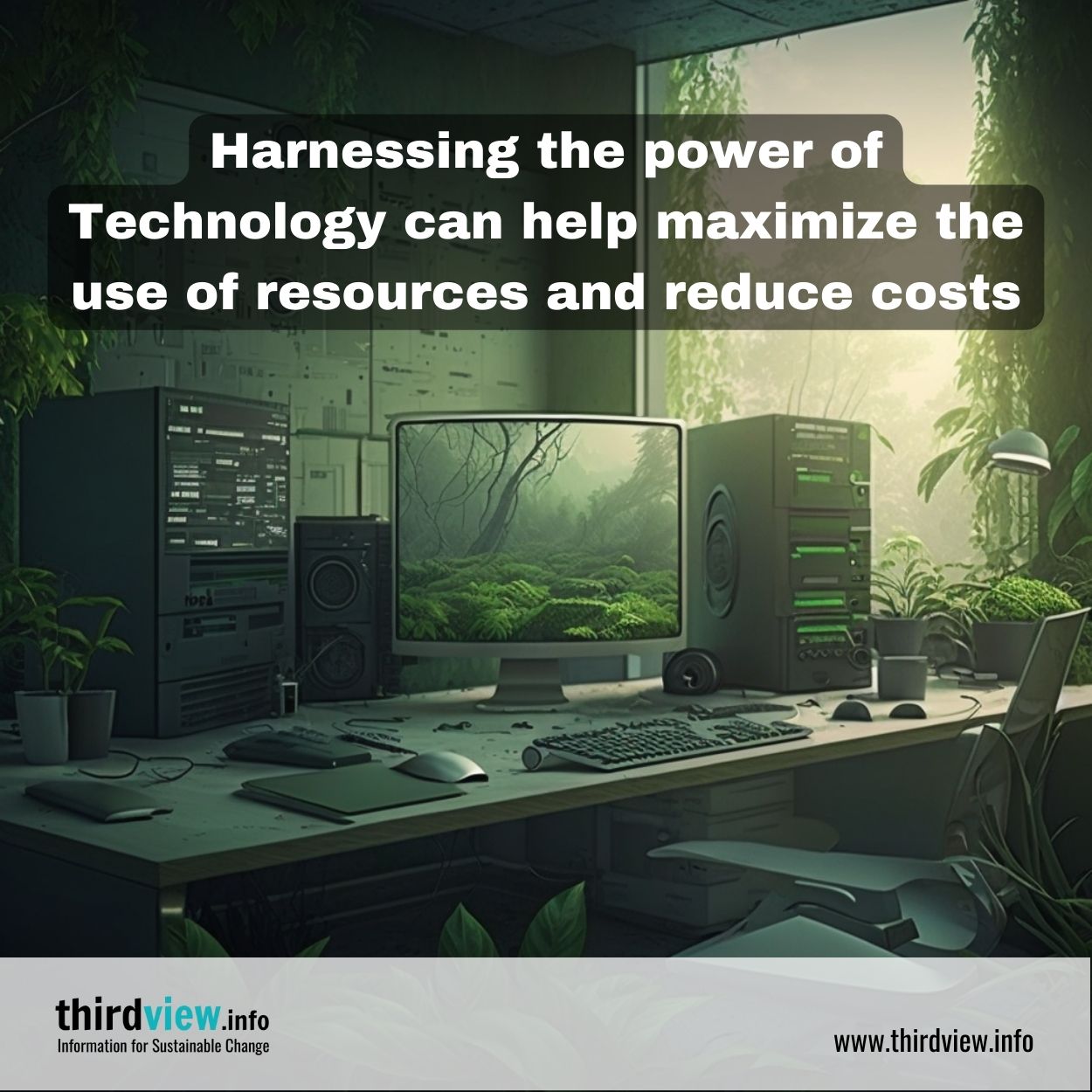As the world continues to progress, technology has become an integral part of our lives. With its increasing presence, it’s no surprise that businesses are turning to technology to help them increase their resource efficiency and make massive improvements. Let’s explore how technology can help achieve this goal.
The Internet of Things (IoT)
The Internet of Things (IoT) is a network of physical objects that are connected through the internet, allowing for information exchange between them. This means that sensors can be placed in various devices and machines, enabling them to collect data which then allows companies to better understand their resources and how they are being used. This data can then be used to identify areas where energy and resources are being wasted or misused, allowing businesses to make changes that will lead to improved resource efficiency.
Artificial Intelligence (AI)
Another area where technology can be used to improve resource efficiency is artificial intelligence (AI). AI-powered algorithms can be used to analyse large amounts of data quickly and accurately, helping companies gain insights into their operations that would otherwise have been impossible. For example, AI can be used to predict patterns in customer behaviour or market trends so businesses can produce goods or services more efficiently. Additionally, AI-driven solutions such as machine learning and natural language processing are being used in the development of automated systems that can detect anomalies in data points and alert businesses when there is potential for improvement in their operations.
Cloud Computing
Cloud computing is also becoming increasingly popular among businesses looking for ways to improve their resource efficiency. By using cloud-based solutions such as software-as-a-service (SaaS), businesses are able to access applications without having to install them on their own computers or servers. This eliminates the need for costly hardware investments while still providing access to powerful tools that enable businesses to streamline their operations and reduce costs associated with managing resources. Additionally, cloud computing offers greater scalability than traditional computing systems, meaning businesses can easily adjust the amount of storage or computing power they need based on changing demands from customers or markets.
In conclusion, technology provides many opportunities for businesses looking for ways to improve resource efficiencies and make massive improvements in their operations. From IoT sensors collecting data about how resources are being used, AI providing insights about customer behaviour or market trends, and cloud computing eliminating costly hardware investments – these technological advances offer promising solutions for improving resource efficiencies across industries today.


